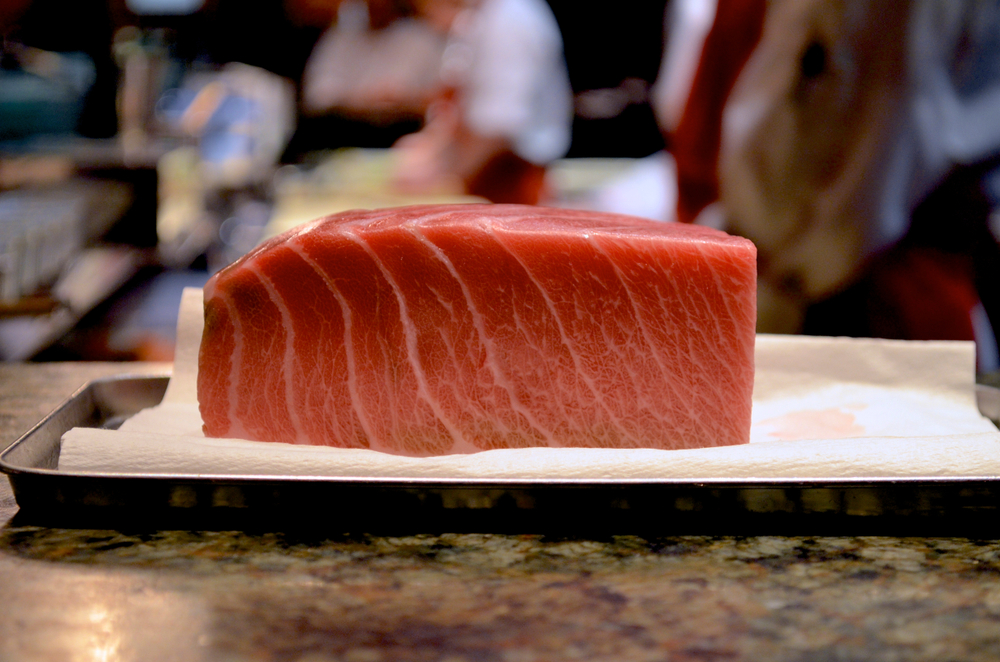The fish was purchased by a Michelin-starred sushi restaurant chain.
Others are reading now
Bluefin tuna is one of the most prized fish in the world, celebrated for its rich flavor and iconic status in Japanese cuisine.
Known for its incredible size and speed, the species is a staple for high-end sushi and sashimi, making it a symbol of luxury and tradition.
However, the high demand for bluefin tuna has led to concerns about overfishing, with strict regulations now in place to manage sustainable harvests.
Also read
A Record-Breaking Sale
At Tokyo’s traditional New Year fish auction, a 276-kilogram bluefin tuna fetched a staggering €1.3 million (207 million yen), according to Ziare.
The fish, caught off the coast of Oma in northern Japan’s Aomori Prefecture, was purchased by Onodera Group, a Michelin-starred sushi restaurant chain.
“The first tuna should bring luck,” said Shinji Nagao, CEO of Onodera Food Service, after the auction. “We hope people enjoy it and have a wonderful year.”
The sale reflects a long-standing cultural tradition in Japan, where the first tuna auction of the year is seen as a harbinger of prosperity.
Restaurants bid not just for the fish but for the prestige and publicity that come with winning the auction.
While this year’s sale nearly doubled Onodera’s bid from 2023, it didn’t surpass the all-time record.
In 2019, Kiyoshi Kimura, known as the “tuna king,” paid 333.6 million yen (€2.7 million) for a slightly larger bluefin tuna.
The auction highlights the intense demand for bluefin tuna, which is prized for its marbled fatty flesh known as “otoro.”
This high demand has made bluefin a lucrative target for commercial fisheries.
Bluefin tuna are typically caught using longlines, purse seines, or rod-and-reel methods. Strict quotas and regulations now govern their capture to prevent overfishing.
Japan, which consumes nearly 80% of the global bluefin supply, has been a major advocate for sustainable practices to ensure the species’ survival.


